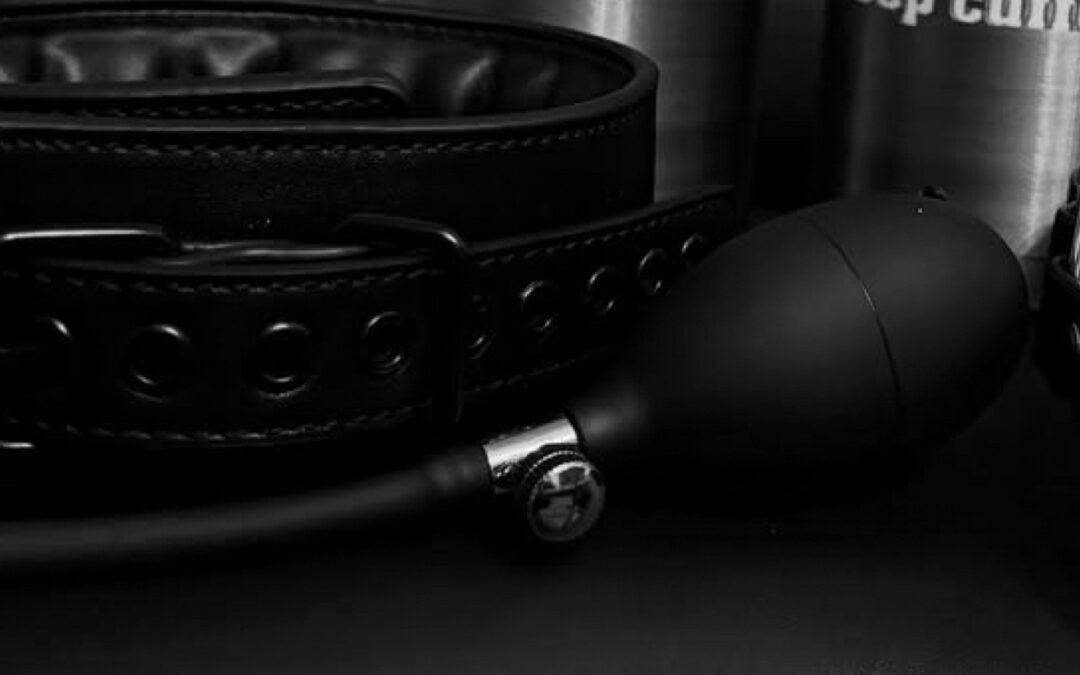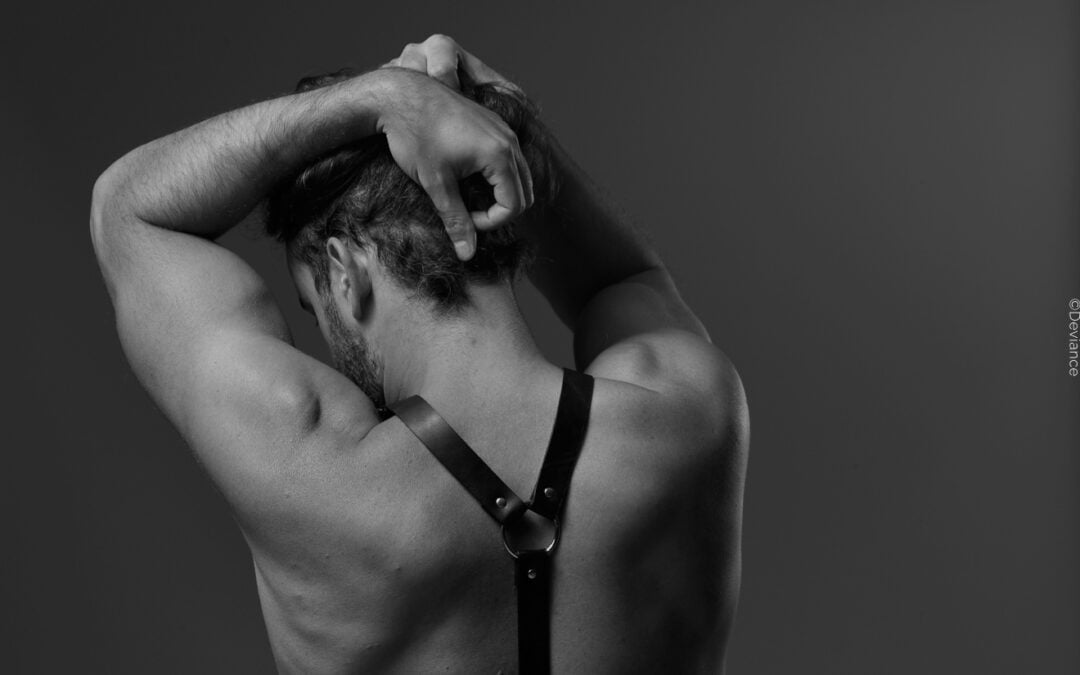What is needle play?
Needle play is a BDSM practice of piercing or piercing a Bottom’s skin with needles. Since it is a type of play with a not so low risk of injury and infection, needle play is generally classified as edge play and fall into the RACK area.
The basic idea is that a needle is inserted just below the surface of ordinary skin so that it emerges back through the skin a short distance from where it was inserted. There are also more extreme types in which genitals, nipples or other body parts are temporarily pierced.
As a rule, medical cannulas are used for this, which are measured in gauge and are between 18 and 26 gauge. The following applies: the smaller the gauge number, the larger the diameter. Depending on your personal preference, the bevel of these needles runs downwards or upwards when piercing.
Why do people do needle play?
The pain during needle play can be compared to that of an injection at the doctor and is therefore more in the moderate range. For some people, however, this very specific type of pain is particularly arousing, so that several needles can even cause a real hormonal rush.
In addition to the pain, the focus of needle games is on the ritual and mutual trust for those involved. It is not uncommon for the needles to be artfully arranged on the body of the person being bitten.
There is a lot to consider when playing with needles
Checking for diseases
Loads of them! At the forefront, participants should clarify whether there are any infections present, especially HIV or hepatitis, and whether the person being pierced has a blood disorder. If any of these are the case, the rule is: stay away from needle play! However, caution is also necessary with other diseases. For example, diabetics may experience circulation problems and longer wound healing times depending on the type and severity of the disease. It’s crucial to clarify beforehand!
Use only medical material
The needles used must be suitable and sterile material, usually cannulas, ideally from a pharmacy or a special fetish shop. These may not be reused after a single use. It is best to dispose of it in a special sharps container. It’s best not to put the protective cap back on, because it’s precisely this “recapping” that poses the greatest risk of missing your aim and pricking your finger.
Thorough disinfection is a must
Materials as well as hands and areas to be pierced must be thoroughly disinfected to keep the risk of infection low, ideally with an alcohol-based disinfectant that you can buy at the pharmacy or shop you trust. However, if anyone involved is allergic to one of the ingredients, they should be clarified beforehand. The person doing the piercing should also wear latex or nitrile gloves, which are also one-time use only.
Acquire anatomy knowledge
At least a basic knowledge of anatomy is a prerequisite for needle play in order to keep the risk of injuries as small as possible. Not only parts of the body such as internal organs and eyes are taboo, but also all places near nerve tracts and bones, especially joints and the spine. The area between the waist and shoulders is usually fine, although the armpits, sternum and stomach should be avoided.
As a rule, the puncture should not be deeper than 10 millimeters to avoid damage to the deeper tissue. Needle games that go in the direction of piercing should never be carried out without the training and presence of an experienced person, ideally by the person themselves.
There always remains a residual risk
After the piercing, any blood that has escaped must be carefully and carefully removed. Antiseptic wipes and appropriate wound healing ointments can be purchased along with the needles and disinfectants.
And last but not least, everyone involved must be aware that, despite observing all safety precautions, there is always a residual risk of infection.









